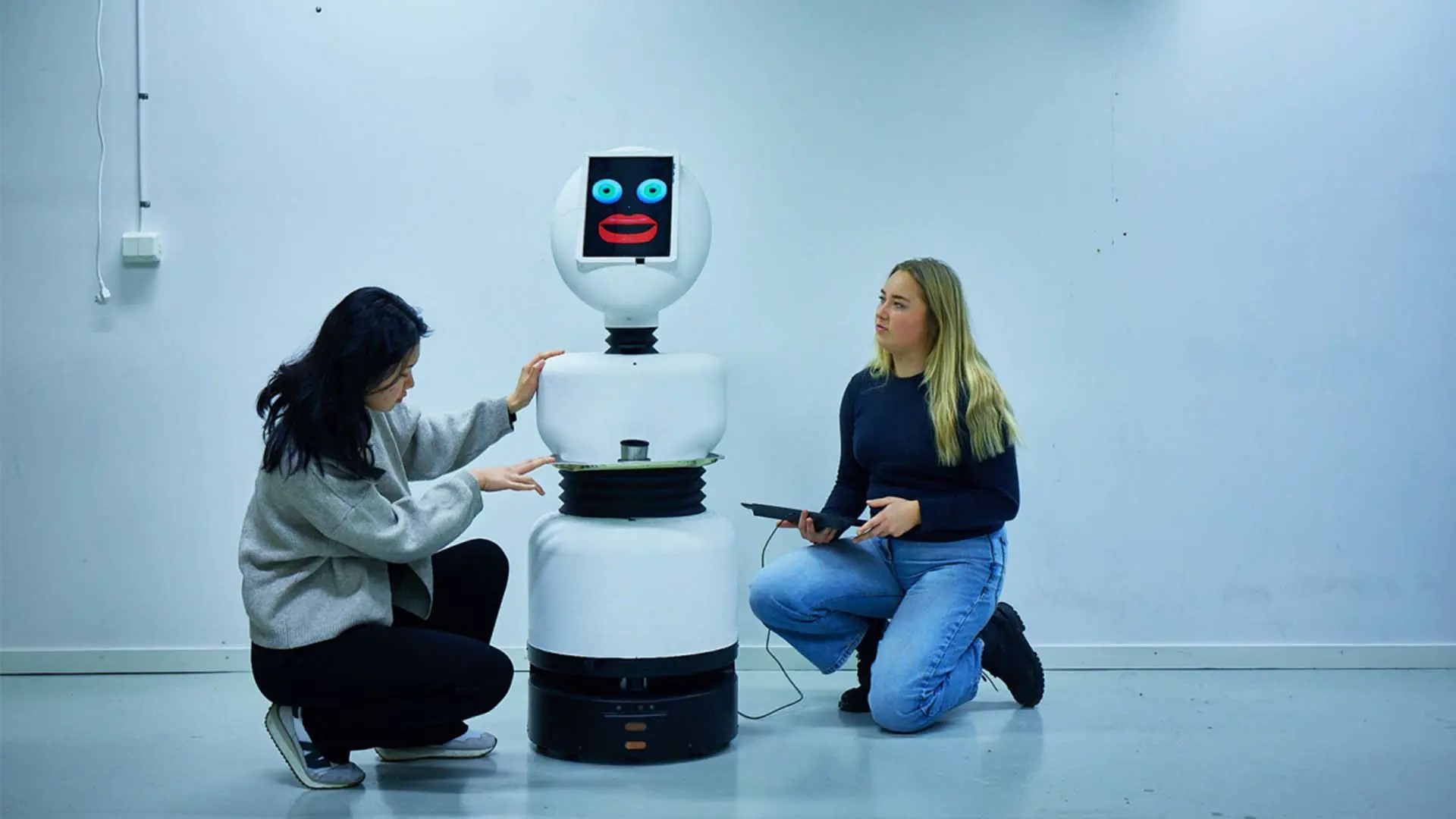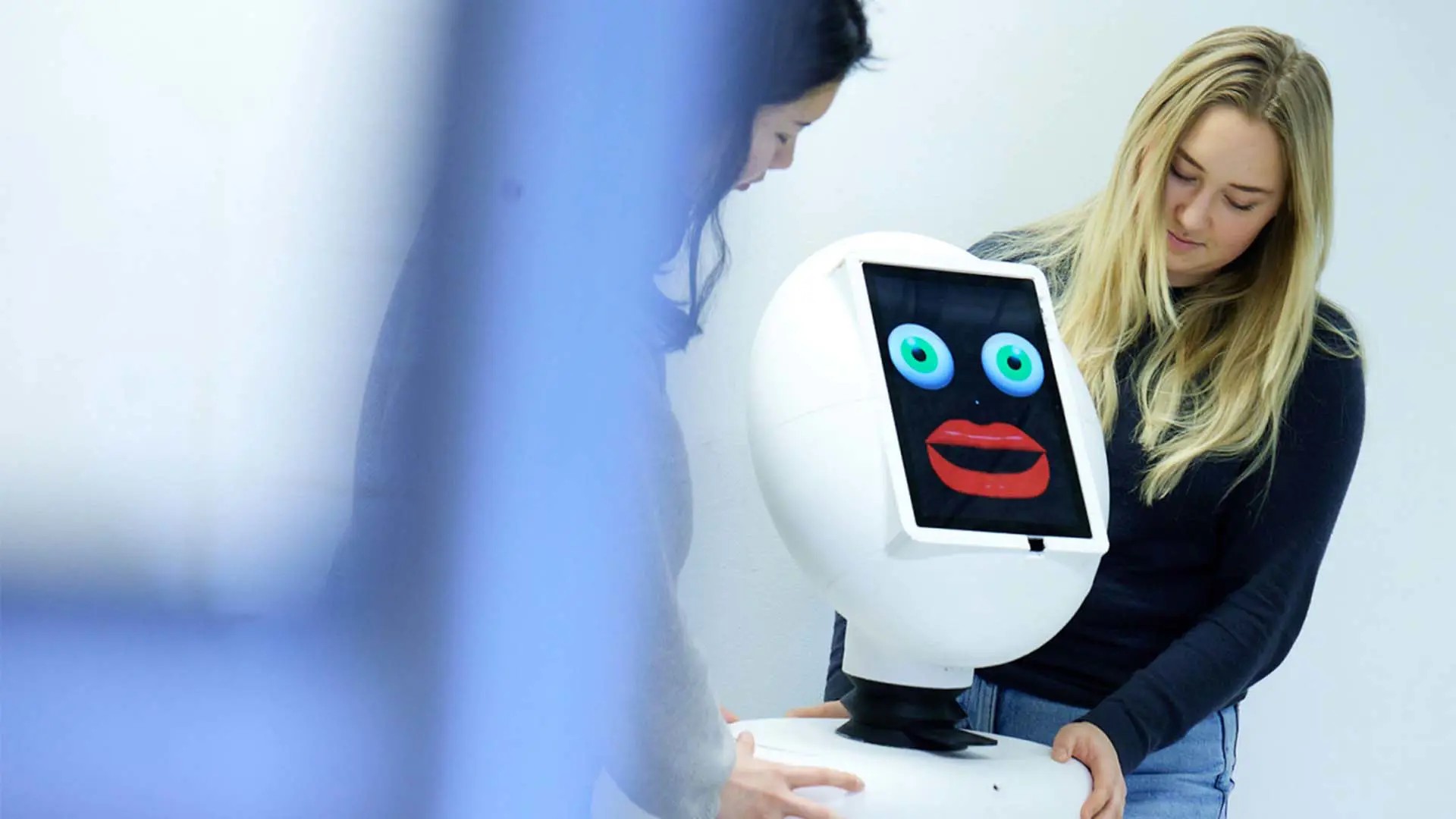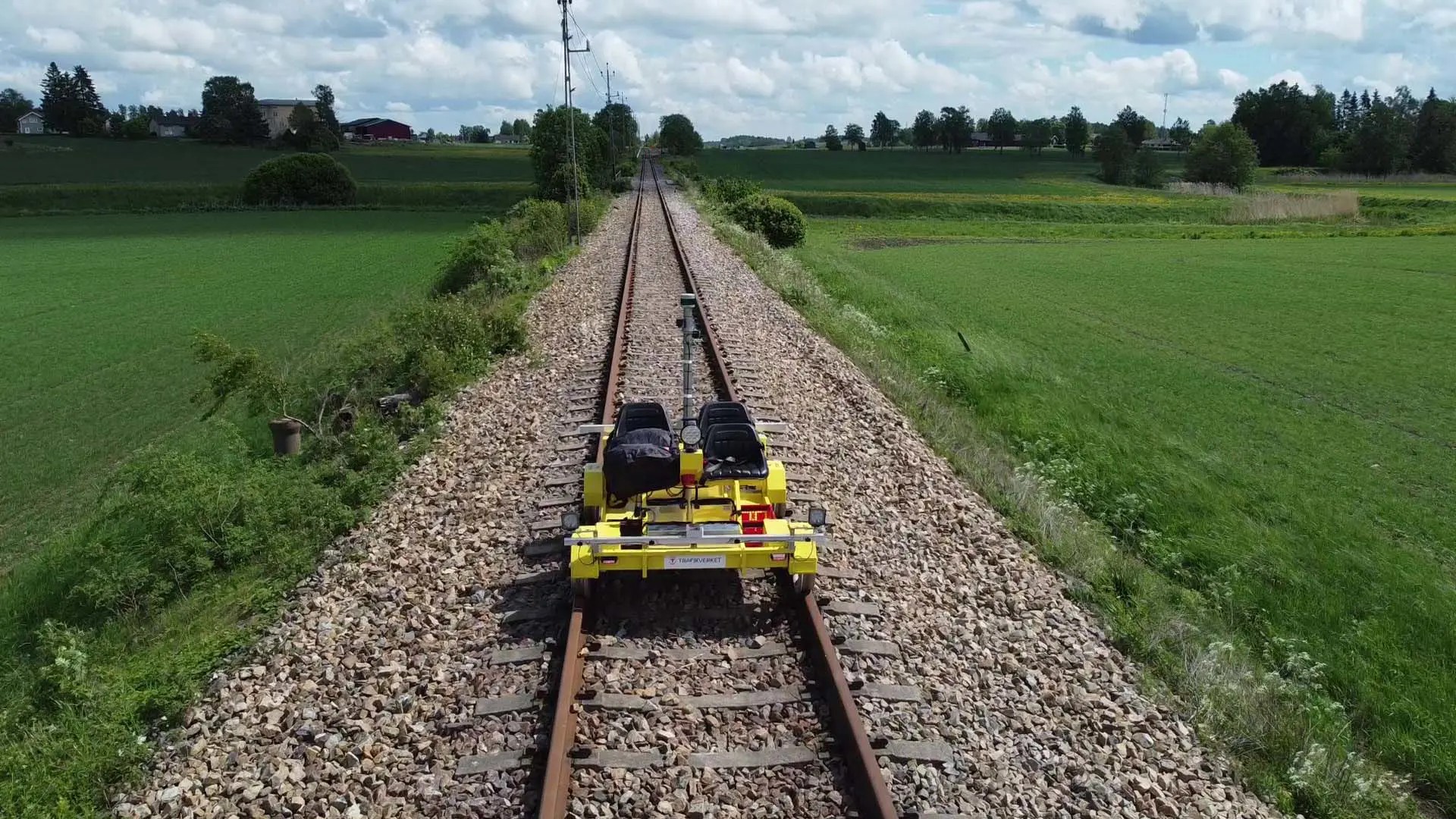


The research area deals with artificial intelligence with a particular focus on conversational AI and language processing, autonomous robots, autonomous road, rail and maritime transport applications, and finance. A central theme in the group's research is interpretable AI and systems whose components can be understood relatively easily by a human observer – a necessary prerequisite for safe and reliable AI.
The research in the Applied Artificial Intelligence group concerns artificial intelligence (AI), particularly conversational AI and natural language processing (NLP), mobile robots (including humanoid robots), automated transportation (road, sea, and rail), and computational finance. A central theme in their work is interpretable artificial intelligence (IAI), i.e. models and systems whose components (ideally also the entire system) are human-interpretable, which is a necessary prerequisite for safe and accountable AI, especially in applications involving high-stakes decisions, for example medical applications.
Conversational AI
Conversational AI is a rapidly growing field, with many relevant applications, e.g. in medicine, education, customer service, and so on. There are also highly relevant subfields, such as text classification, auto-completion of text, and automated translation. In our work, we are developing a fully interpretable dialogue manager (called DAISY) for conversational AI, adhering to five important principles: interpretability, inherent capability to explain, independent data, inquisitiveness, and interactive learning.
Automated fleet coordination
In this project, the Applied Artificial Intelligence group studies automated coordination of a fleet of mining vehicles. We have developed a general method for automated trajectory planning for a fleet of autonomous vehicles. The method handles both the path planning and, crucially, the timing of the vehicles’ motion, making sure that the entire fleet can carry out its task without any collisions, and with maximum efficiency. A version of the method for environments (graphs) without loops (applicable to many underground mines) has already been published. In our current work, we are extending the method to handle any type of graph, as well as handling situations involving mixed fleets, i.e. a combination of autonomous and human-controlled vehicles.
Retinal flow navigation
It is well-known that the flow as registered on the retina of a moving animal is used for navigation in both static and dynamic environments. In this project we take the next steps in this field of research by artificially recreating detailed retinal flow from real-world environments as well as putting these artificial retinal flows in closed loop with navigation. In addition, detailed neuromuscular models are attached to further understand the underlying biological concepts.
Railway maintenance robot
A particular global challenge in connection with increased railway traffic is that it will lead to an increased need for maintenance and repair of the railway infrastructure, which in turn will counteract the increased demand of railway transportation of goods and people. In order to address this problem, digitization, robotics, and AI have been identified as potential solutions. The introduction of these modern technologies in the railway business will lead to more efficient and safe maintenance and repair of the railway infrastructure, and less traffic interruptions. In this project, an autonomous railway robot is developed in collaboration with Trafikverket, and it will be used as a platform for research and development for robotized inspection, maintenance, and repair of railway infrastructure.
ISOLDE
We have developed ISOLDE, a (partly) humanoid robot (with a wheeled base) for short-distance transportation of items, for example in hospitals. The robot was developed during the COVID-19 pandemic, as a tool to ensure social distancing in critical environments. With the help of the ISOLDE robot, a doctor or nurse can safely deliver medicine, food, etc., without risking unnecessary direct contact. The robot is capable of natural interaction with its users, using speech recognition and speech synthesis. The dialogue system was implemented using the DAISY dialogue manager described above.
